How To Care For Houseplants (Even In Winter)
The simple act of growing plants indoors at home is a joy that an entirely new generation has discovered in the last few years. Faced with more time at home and less to do, “plant parenthood” became the next big thing. A visit to the greenhouse to find leafy treasures is an easy way to beat the blahs… but once the plants come home, how do we make sure they keep thriving? Different plants have varying needs, but for the most part, the basics of caring for tropical plants in a house are simple. Here’s how to care for houseplants… even in winter.
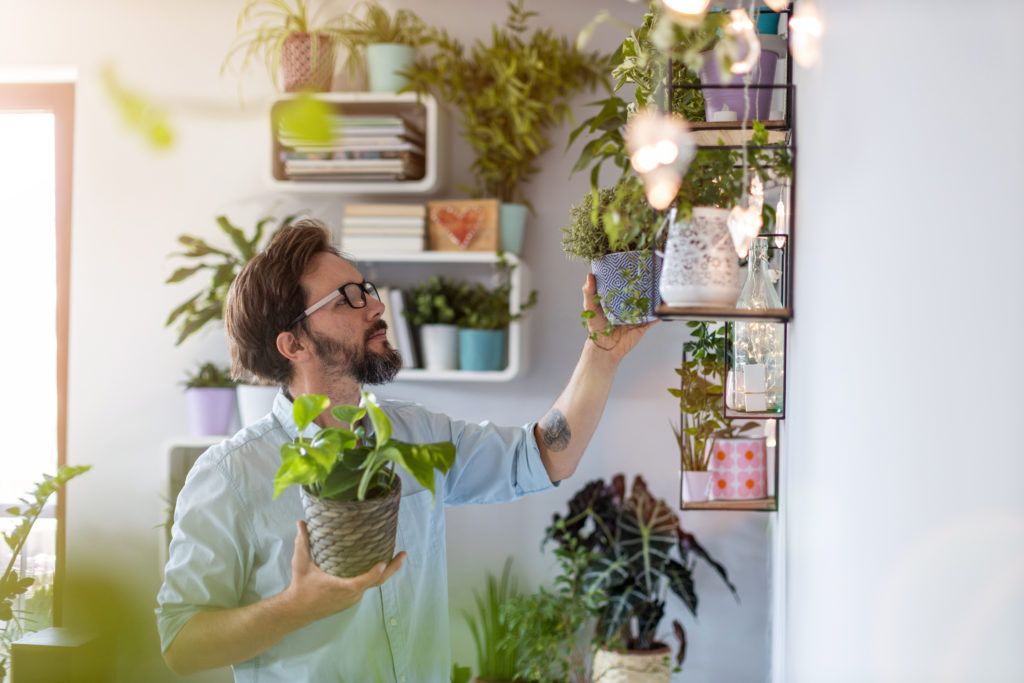
Winter and the Tropical Plant Seasons
Winter can have as negative an impact on our indoor plants as it can on us. Dry air indoors, cold drafts and shorter days impact our houseplants, and sometimes they need a little extra attention and care from their plant parents to thrive this time of year.
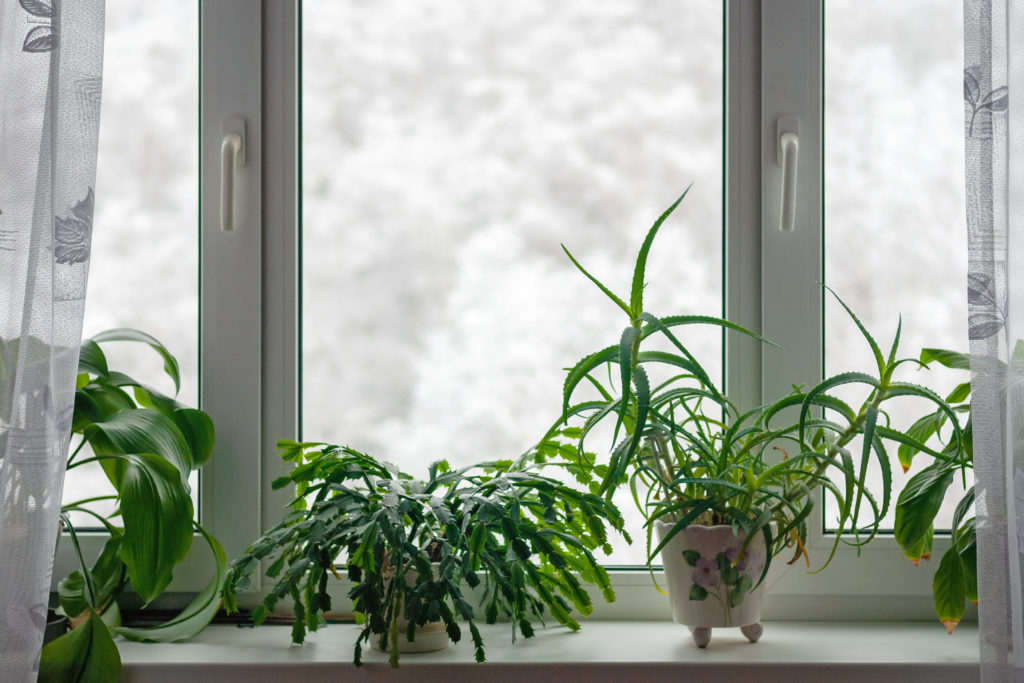
What we call “tropical plants” are plants that cannot survive outdoors year-round in our growing zone. They tend to originate from areas closer to the equator where they experience long hours of sunlight, stable warm temperatures, and more humidity. Some plants from these warm climates will experience a dormancy period in winter, triggered by shorter days and lower light intensity. In a dormant state, the leaves will stay on the plant (and sometimes a few of the oldest leaves will yellow and drop) but it won’t put on much new growth, if any at all. Paying close attention to your plants’ basic needs will help you to navigate the winter season.
Getting Enough Light
In Winter, the days are shorter, which means there is less light available for plants in general. Having the right plant in the right place makes everything else easier, but it can take some experimenting to figure out. Some plants require very bright light to grow, while others will tolerate lower light conditions. Finding which plants work in which spaces can take some practice, but in general, most houseplants will prefer to be in “bright, indirect light.” Anyone reading about plant care will have seen that phrase used, but what does it really mean?
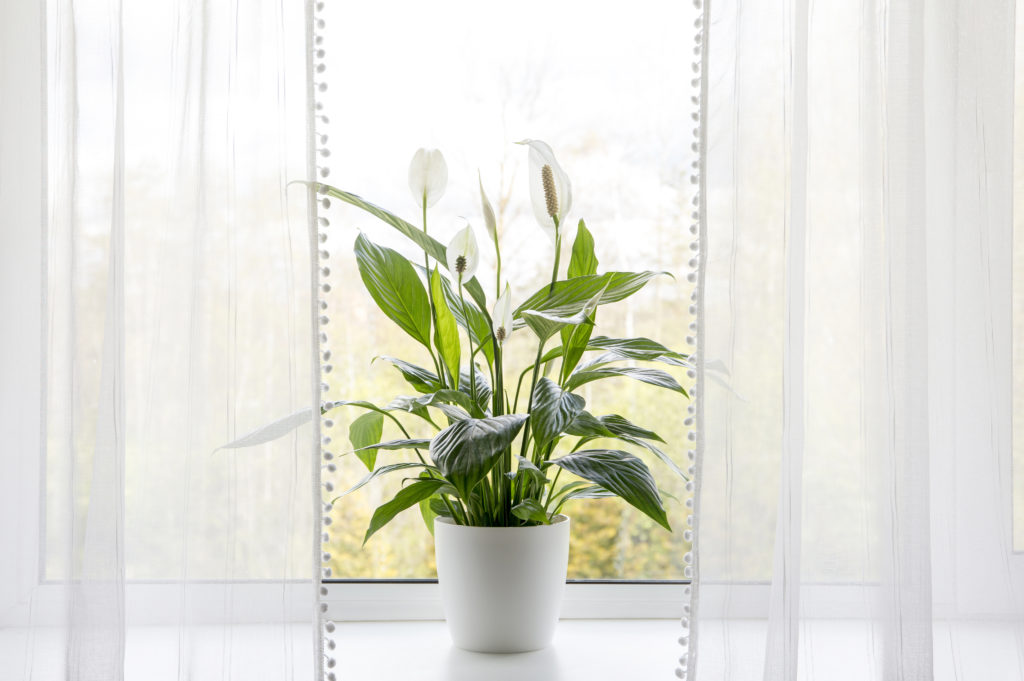
Placing plants in adjacent positions to windows that get direct sun is “bright, indirect light”. The objective is to ensure the plant is getting plenty of light, but avoiding the sun shining right onto the leaves, which can cause burning, crisping, or discolouration. Another “bright, indirect light” scenario is placing plants right into windows that are north-facing, as the sun doesn’t shine right onto those spaces either.
When natural light isn’t enough, plants will fail to grow, or become lanky and “leggy”. If leaves become pale, weak, or smaller than usual, this is a good indication of a lack of light. Adding grow lights to darker areas can help to increase the light available to your plants, and allows you to put more plants in more places!
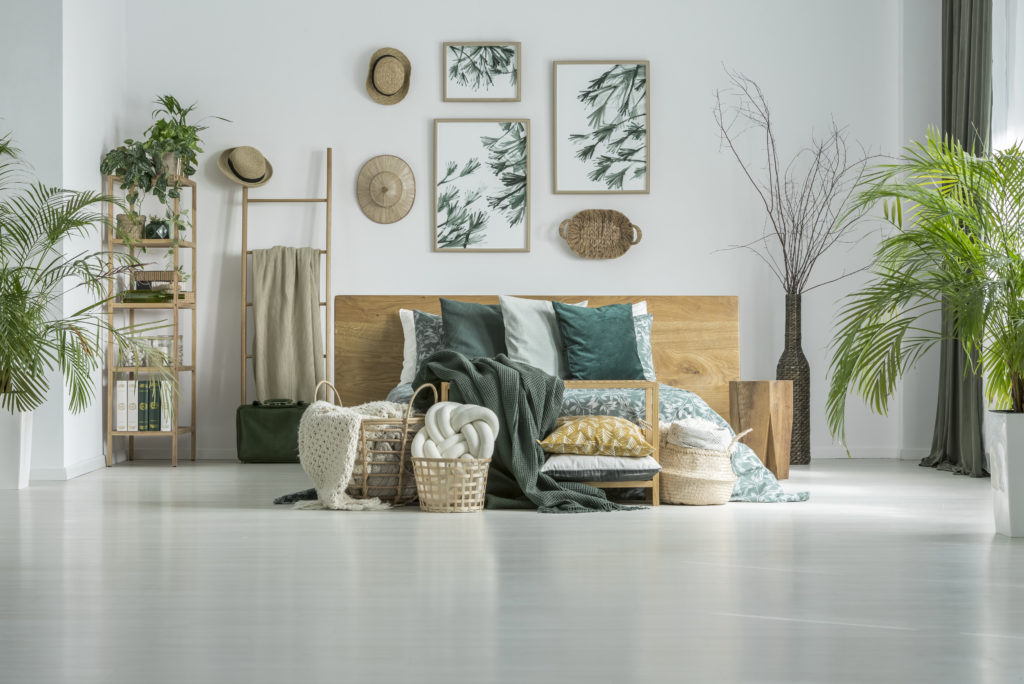
Watering Wisely
Watering plants properly can be tricky, even for the most experienced plant parent! In winter, when plants are using less water, it’s easy to get overzealous with watering, resulting in waterlogged plants with rotten roots. A moisture meter is every plant parents’ best friend! This little tool instantly measures the amount of moisture in the soil, and indicates whether you should water or not. Most plants prefer to dry somewhat in between waterings, so that soil never sits too wet for too long. Succulents, cacti, and drought-tolerant plants like Snake Plant or ZZ Plant prefer to dry completely before getting a drink. Using a moisture meter can help new plant owners to understand how quickly the soil will dry in their growing conditions, and how much water is needed to water properly.
When watering, the best practice is to add water slowly, fully saturating the soil, and allowing all excess water to drain away. For this reason, growing plants in pots that have drainage holes and a saucer to catch run-off is ideal for beginners. Plants can happily grow in plastic nursery pots, and it’s easy to drop them into more decorative pots for aesthetics.
Feeding Plants for Health & Growth
Plants need food to grow, just like any other living thing. Unlike us, though, their nutritional needs change throughout the seasons as they move through phases of growth. In the winter, plants that stop actively growing shouldn’t be fed. But plants with new growing tips or plants with flowers need regular food to thrive! During growth phases, houseplants should be fed every 2-4 weeks, depending on their needs. The type of plant food to use will depend on the type of plant. Choose a general houseplant food for most tropical foliage plants, and more specific formula for plants with unique needs, like blooming orchids, african violets, or cacti and succulents.
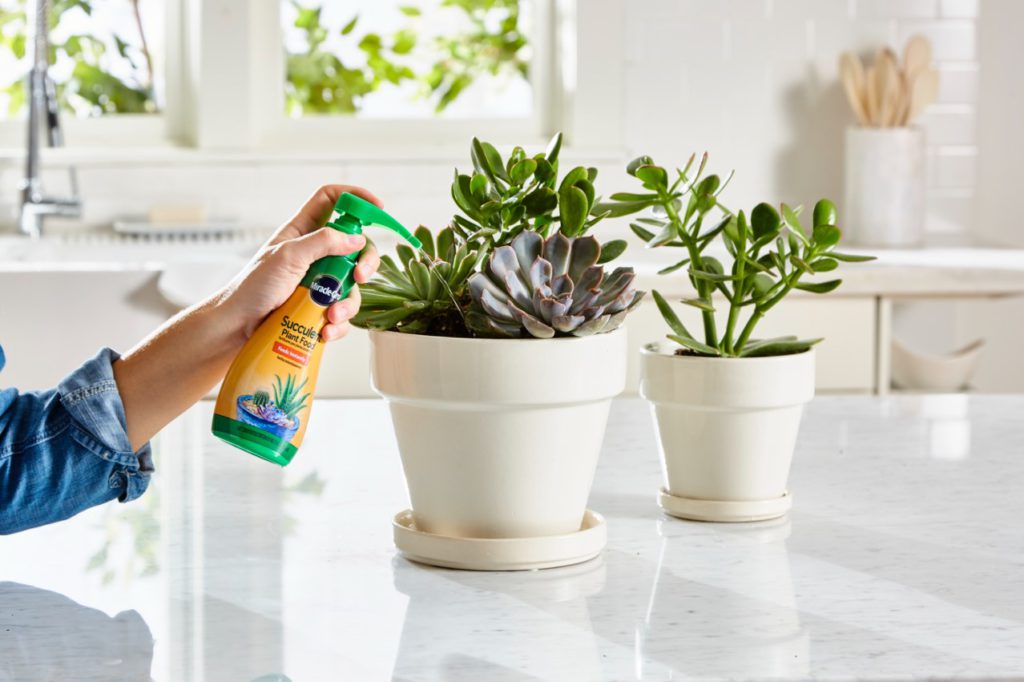
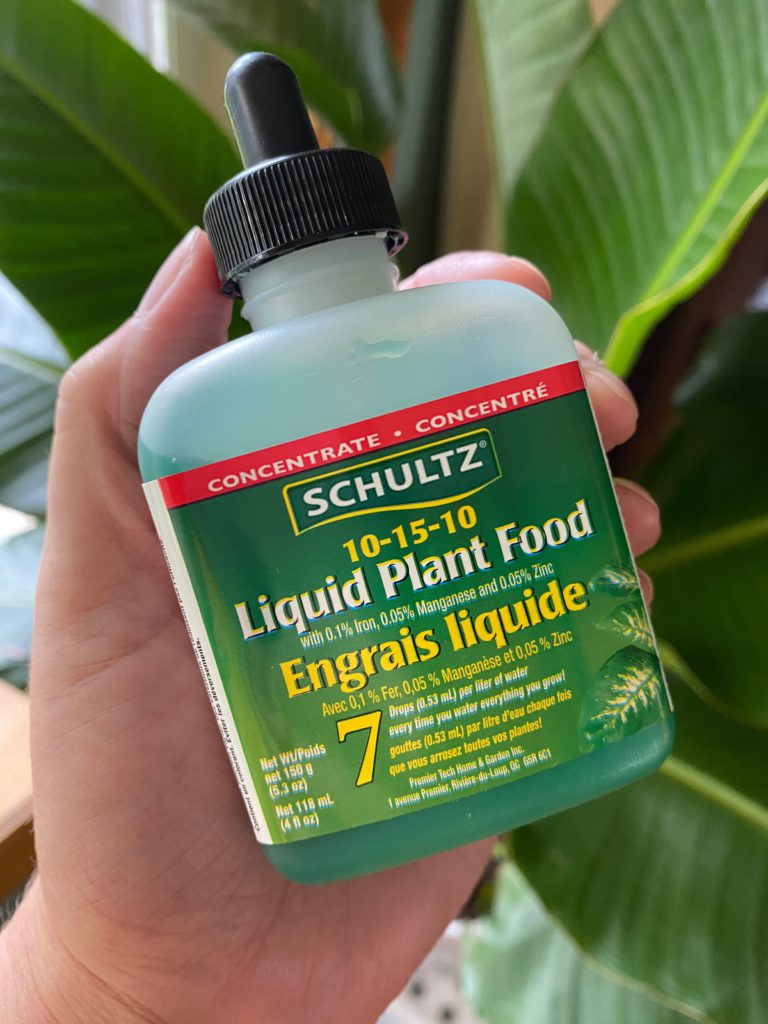
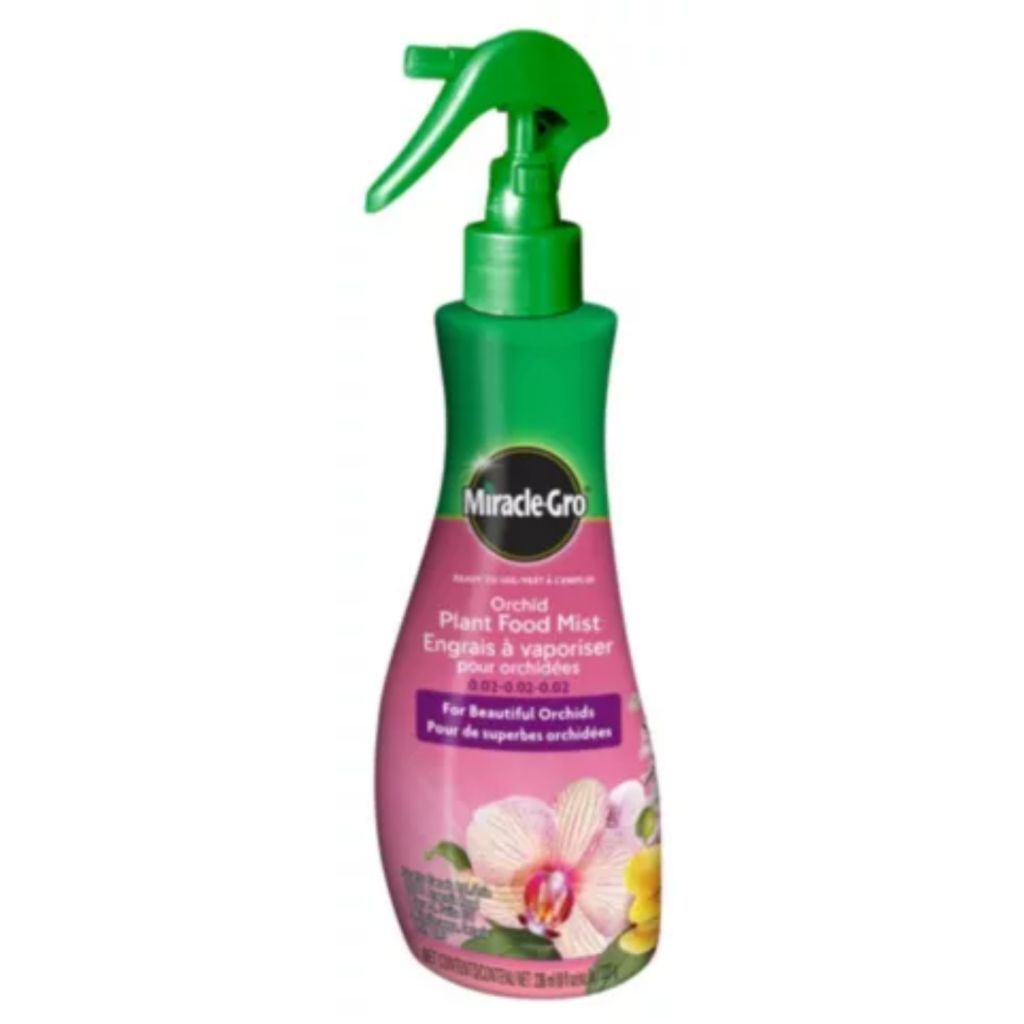
Soil Mix Matters
The “soil” used to grow houseplants indoors isn’t really a soil at all! It’s a blend of media like peat moss or sphagnum, coco husks, bark, organic matter, and extra elements for drainage or moisture retention like perlite and vermiculite. The perfect indoor plant media will support the plant with the right balance of holding sufficient moisture, while allowing extra water to easily drain away from the roots. Moisture-loving plants that like to maintain some water at all times will prefer a more dense media, while others like epiphytes and aroids will prefer a course, chunky media that drains very quickly and maintains a “just right” environment of high humidity for corky roots .
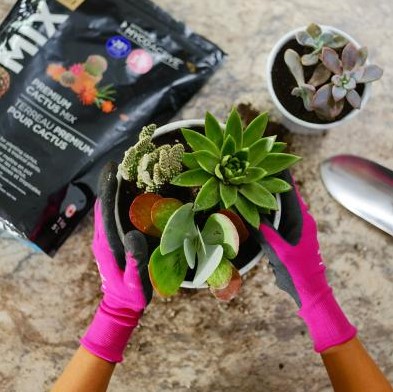
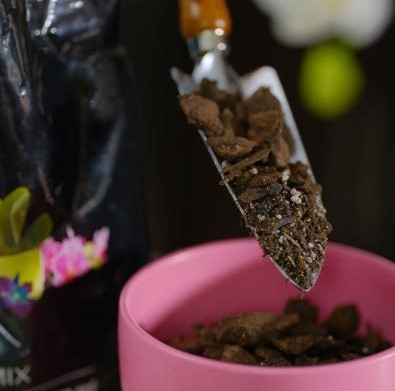
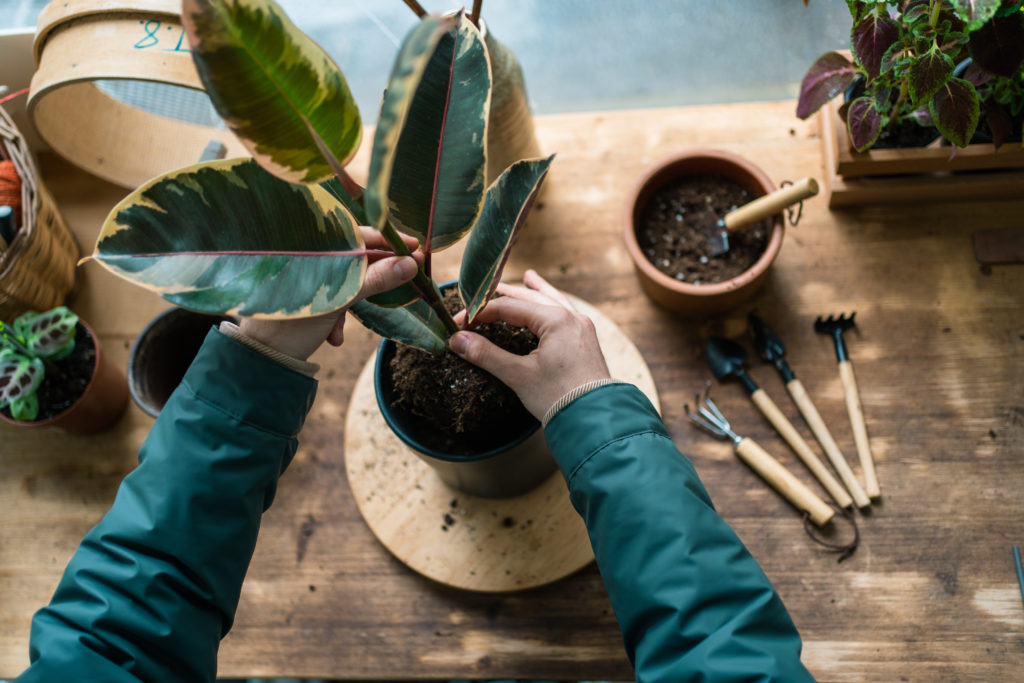
Maintainance Phase
You’ve watered, you’ve fed, and your plant is in bright, indirect light. With these needs met, you’re almost a plant pro! There a just a few more environmental considerations, especially in the winter.
Humidity, for instance, can be a big deal. The air in the average Ontario home in winter is a far cry from the tropics! Heating systems zap the humidity from the air and can result in crisping tips, stuck leaves and hindered growth. To boost the humidity around your plants, group them more closely together, and consider adding a pebble tray to high-need plant types like Calathea. Using a humidifier will definitely help, and the extra moisture in the air can benefit you as well as your plants.
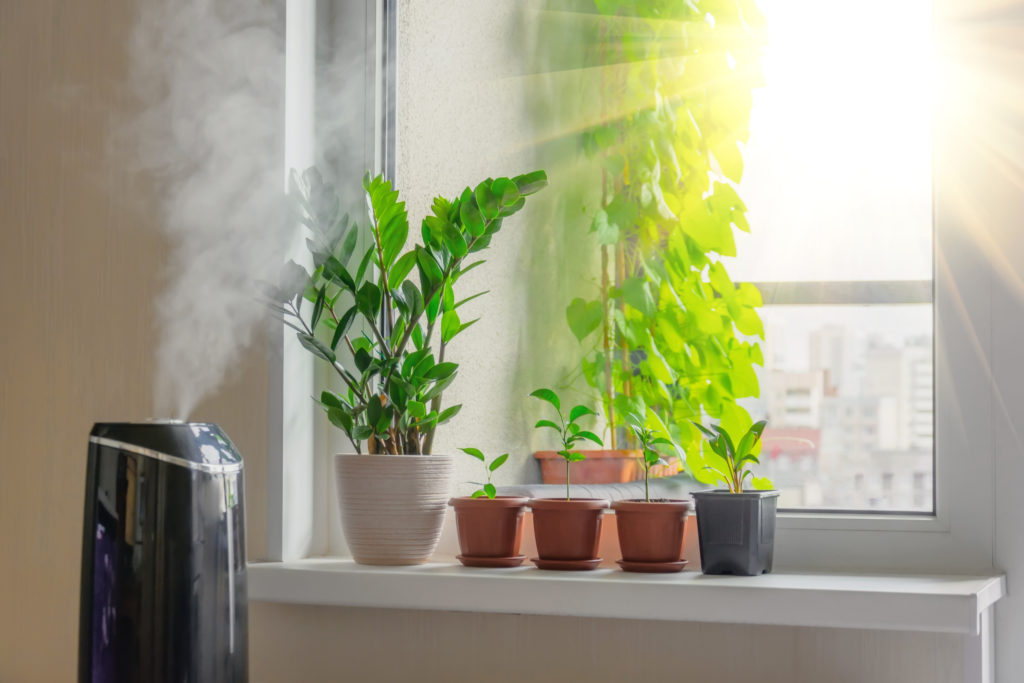
It’s not a task that’s often thought about, but cleaning plants can also be important. The surface of leaves needs to be clean and clear for photosynthesis, and making cleaning leaves part of your routine can also help to catch pest problems before they get out of hand. Leaves with large surface areas, like Fiddle Leaf Fig or Bird of Paradise should be wiped regularly with a soft, damp cloth to remove dust. Or try giving any houseplant a lukewarm shower once a month to remove surface dirt while also treating them to a warm, humid environment.
Don’t Stress, Pests Happen
Once in a while, despite every effort, pests will happen. Common culprits like spider mites or aphids can hitch a ride in on new plant introductions, or even an open window in the summer. Paying attention to the health and appearance of your plants will ensure that you notice changes like the presence of webbing, or leaf curling or stippling before problems become severe. If you do encounter pests, don’t stress too much! Just move the infected plant away from any others in the house to avoid spread, and treat with a pest control product like insecticidal soap. Treatment often takes several applications every 7 days to resolve problems completely. Be patient and persistent, knowing that it happens to even the most seasoned plant care pro.
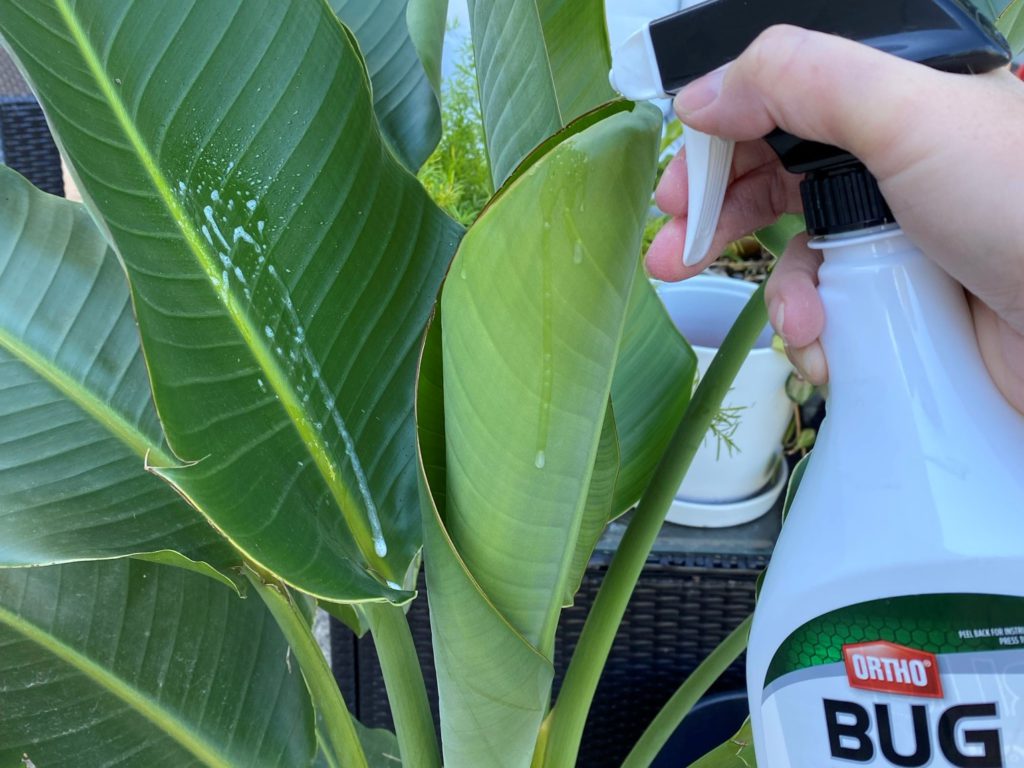
Relax and Enjoy the Experience
Having plants in your space changes everything in an instant. They soften the edges, add energy and vibrance, and remind us that growth is always possible. They keep us close to the natural world in times when we feel disconnected. Plants feel good!
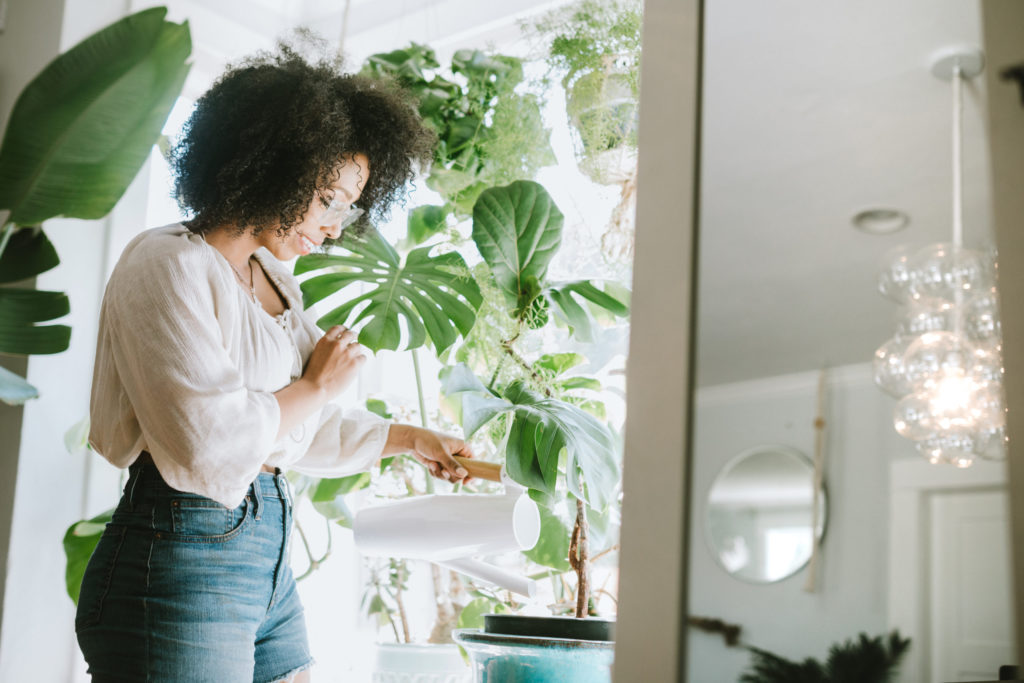
To learn more, explore these topics on the blog.
Easy Houseplants for Beginner Plant Parents
How To Grow Fiddle Leaf Fig at Home
Our Top Ten Pet Friendly Plants
Written by Kris Morettie, with contributions by Samantha Harvey, TERRA Burlington.
